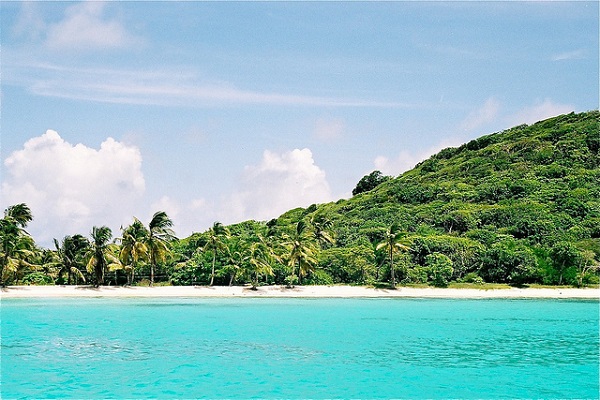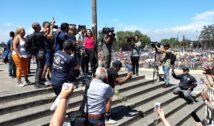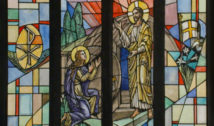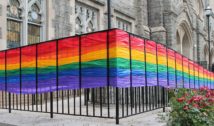
Evidence in Caribbean Shows Natives and European Colonialists Discussed Religion
- By Alison Lesley --
- 22 Aug 2016 --

Colonial-era spiritual Christograms and Latin inscriptions found in a remote island cave indicates religious dialogue between Europeans and the Taino.
According to “The Mona Chronicle: the archeology of early religious encounter in the New World,” an article published in Antiquity, new evidence has been found regarding the interactions of Early European colonizers of the Americas and the indigenous people in Mona. Antiquity is the Cambridge academic journal. British archaeologists had been exploring the huge network of about 70 caves in Mona, on the Caribbean since 2013. Being strategically located along the Atlantic Ocean trade route from Europe to America, Mona was among the first places to influence by Spanish explorers and colonists. Mona was claimed by Christopher Columbus for Spain in 1494 when he made a stop at Mona during his second voyage.
Evidence in Caribbean Shows Natives and European Colonialists Discussed Religion[/tweetthis]
The initial depiction of European colonizers of the Americas was that they were violent oppressors and religious zealots who forcibly imposed Christianity on the indigenous masses of Mona. However this new findings show that the European and native people engaged in active theological debates ranging from forgiveness, sin to the nature of God. This was deduced after they found spiritual iconography left by Native Americans of Mona next to Christograms and Latin inscriptions deep inside a cave in the remote island. Drawing inside the caves was made easier for the natives by the fact that the lack of natural light made the cave walls moist and easy to draw on as if it was wet flour.
The research team from the University of Leicester and the British Museum led by Jago Cooper and Alice Samson termed this discovery as truly extraordinary and unique to the world as it only be found in the Americas. It is now evident that the first generation of colonizers on the island went into the caves, getting exposed to the world view of the indigenous people. As opposed to the persecution of indigenous religions as was the case in Peru and Mexico. The Caribbean shows evidence of religious engagement such that the churches which were founded at that time went through ‘creolisation.’
One of the caves, named Cave 18, had some of the clearest inscriptions. These Latin and Spanish inscriptions were estimated to have been made in the 15th century. The Latin ones read:
Plura Fecit Deus meaning God makes many things.
Dios Te Perdone meaning God forgive you.
Archeologists also speculate that there might have also been some drawings showing practices that necessitated forgiveness which are as of now gone. This may be the first of many evidences to be found that will go on to bring into light new perspectives regarding how the indigenous Taino population came into contact with the Christian colonists and therefore even alter the narrative of the coming of Christianity into the Americas.



















